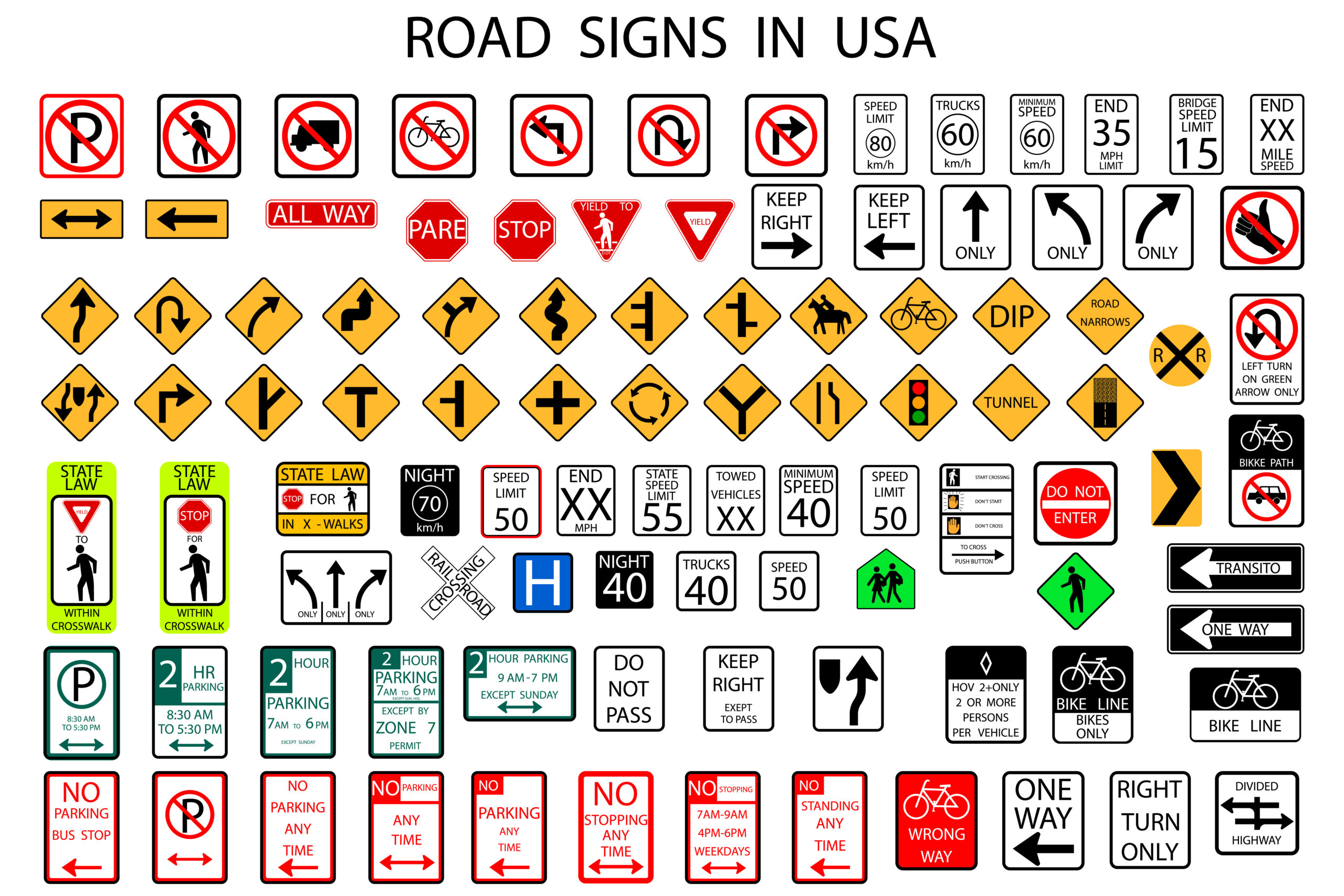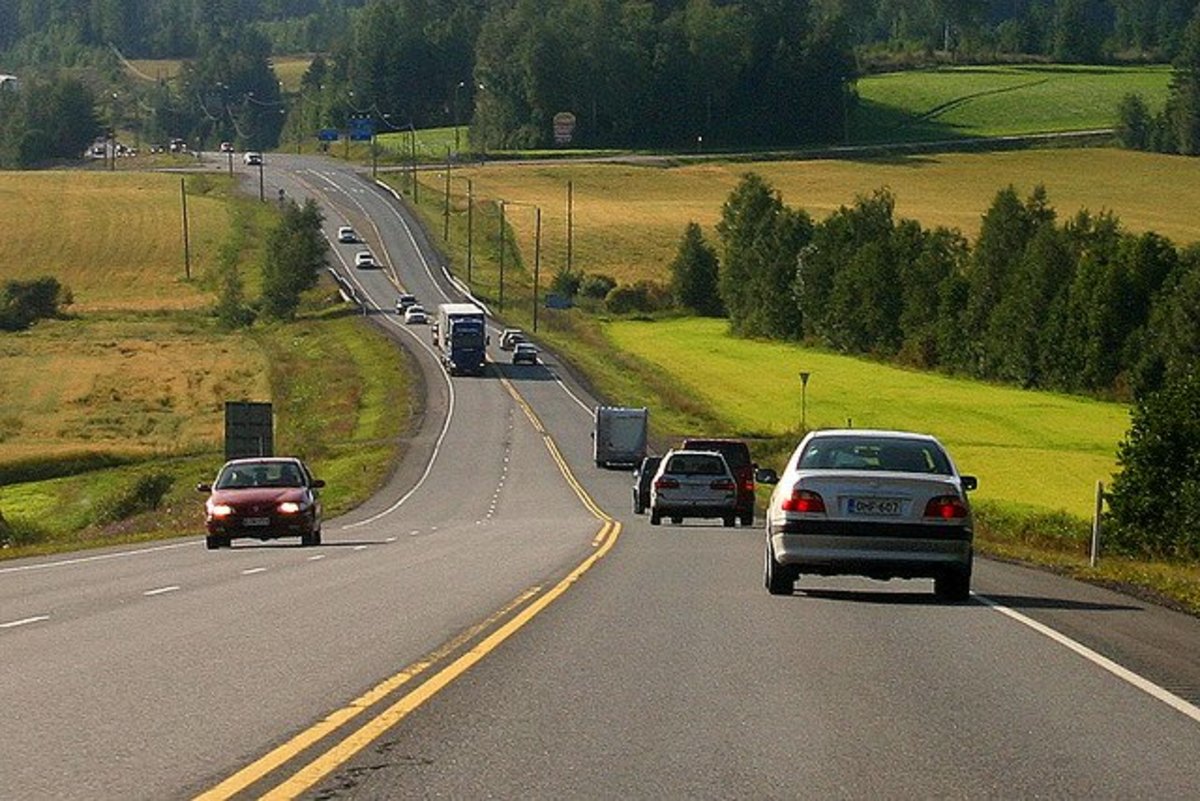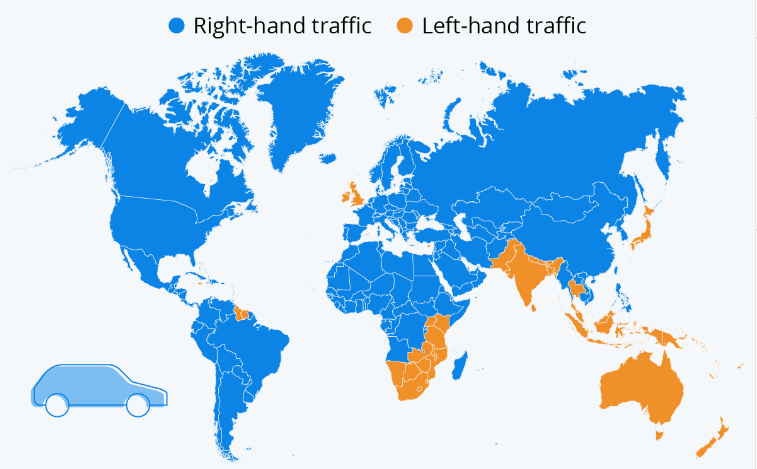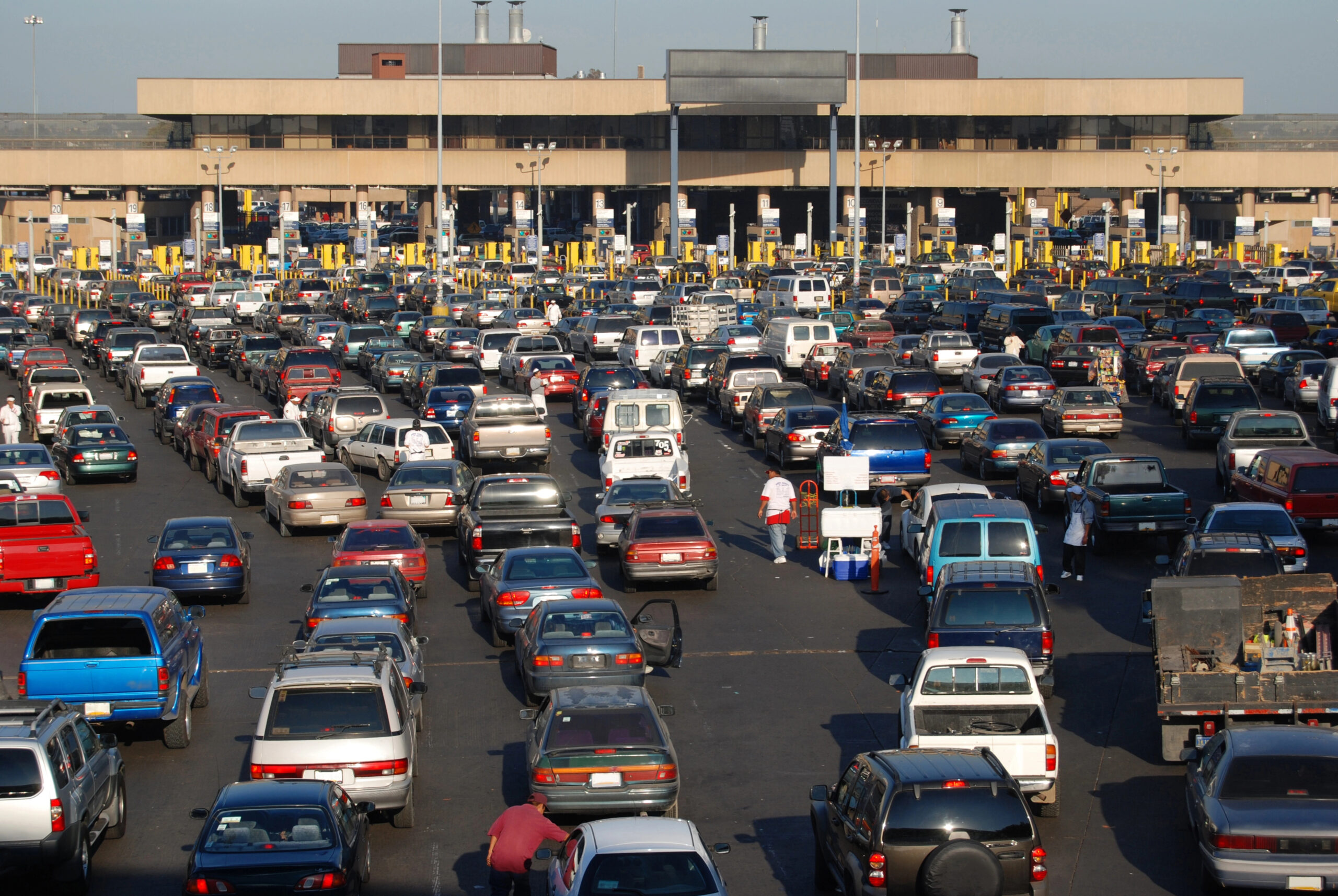Yes. Insurance for a single day is available.
Hitting the Highways: A Comprehensive Guide to Driving in the USA
PUBLISHED ON Jan, 08 2024

The United States of America, a country synonymous with the open road, offers a diverse range of landscapes to explore, from bustling coastal cities to tranquil rural interiors, arid deserts, and lush tropical lowlands. Each region, with its own unique identity, feels like a different nation. For visitors planning to traverse this vast country, understanding the local driving laws and road types is crucial for a safe and enjoyable journey.
Understanding the Roads in the USA
The USA boasts over four million miles of roads, most of which are two-lane rural highways. However, less than 0.5% of the country is covered by paved roads. Despite the lack of infrastructure investment in recent decades, resulting in some wear and tear, the road network is generally good.
Interstate Highways
Interstate highways, the main arteries connecting the country, are high-speed roads with no cross-traffic or junctions. These roads, designed for automobiles only, follow a grid pattern across the country. East-west routes are indicated by even numbers, with lower numbers found on the southern coast and Mexican border, while north-south routes are indicated by odd numbers, with lower numbers on the Pacific coast.
Freeways
Freeways, a type of Interstate road, are often found in urban areas. Designed for high-speed driving, they are free of toll booths.
Numbered Highways
Also known as US Routes or US Highways, these were the original interstates until they were replaced in the 1950s. Unlike Interstates, highways have junctions and traffic lights.
State Highways
State highways, usually quieter roads with lower speed limits, are designed and managed by individual states.
Scenic Byways
Scenic byways, as the name suggests, are scenic routes maintained by the state. Many traverse national parks and other areas of interest.
Rules of the Road in the USA
Driving on the right-hand side of the road is the norm in the USA. Most cars in the country are automatic, so there’s no need to worry about using a gear stick.
Drivers and passengers must wear seatbelts and abide by strict speed limits. In most states, the alcohol limit for drivers is 0.08% blood alcohol concentration, although some states issue penalties for drivers with a blood alcohol concentration of 0.05%.
Right of Way and Speed Limits
Understanding who has the right of way is crucial. The first to arrive at a junction gets to go ahead. You can turn right on a red light, as long as you briefly stop the car before turning right. Drivers can overtake on either side on multi-lane routes.
The maximum speed limit on rural interstate highways is 70mph, with a 45mph minimum. On four-lane divided highways, the limit is 65mph, and on all other highways, it’s 55mph.
Driving in Adverse Conditions
In adverse conditions like floods or fog, drivers should use common sense and take the necessary precautions. In snowy conditions, packing snow chains and a torch is advisable. During hurricane season, heed warnings and advice from the news.
Other Important Rules
High Occupancy Vehicle (HOV) lanes are restricted to vehicles carrying a minimum number of passengers. Parking restrictions apply in several places, including disabled spaces, in front of red or yellow kerbs, on a white line at a bus stop, or within 10ft either side of a fire hydrant.
Insurance and Breakdown Cover
When renting a car in the US, it’s advisable to invest in insurance and breakdown cover – CDW. Given the unfamiliar roads, the premiums that hire companies charge are usually reasonable. Note that CDW covers damages to the rental vehicle, but there’s a catch: it comes with a high excess fee.
CarInsuRent USA & Canada Car Hire Excess Insurance starts from as low as US$6.49 per day to US$94.90 for an annual car hire excess insurance policy.
Essential Documents for Driving in the US
Renting a car in the US with a UK license is straightforward, thanks to an agreement between the two countries. A full and valid UK driver’s license permits vehicle rental in the States, provided you have held your license for over a year.
Most car rental companies require drivers to be above 21, but some may insist on a minimum age of 25. A passport and visa are necessary to enter the country and rent a car.
Tips for Renting a Car in the US
The US offers a wide range of rental cars, from family-friendly minivans to muscle cars, pick-ups, and full-sized RVs. The wide-open highways and urban blocks make driving in the US relatively straightforward, even with larger vehicles.
When choosing a rental car, consider the type of driving you’ll be doing. For long stretches on the motorway or interstates, a car with a 2.0-liter diesel or gasoline engine will provide a smooth and comfortable journey.
What to Carry in Your Car When Driving in the US
While US laws do not require reflective jackets, your car must come with warning triangles for roadside emergencies. Most US states have banned using a phone while driving, so it’s recommended to use a hands-free system.
Radar detectors are allowed in most states, except in areas near military bases and in Washington D.C. Always carry proof of insurance and ownership of the vehicle. If the vehicle is a rental, you will be provided with all the necessary documents.
Conclusion
Driving in the USA can be a wonderful experience, offering the opportunity to explore the diverse landscapes and cultures of this vast country. However, understanding the local driving laws and road types is crucial for a safe and enjoyable journey. Always remember to wear your seatbelt, follow the speed limits, and take necessary precautions when driving in adverse conditions.
For further reading, your first stop should be the US government’s web page for visiting drivers. Happy driving!
FAQs
Is it easy to drive in the USA?
Yes, driving in the USA is generally easy, but it’s important to understand the local driving laws and road types for a safe journey.
What side of the road does America drive on?
Americans drive on the right-hand side of the road.
What is the speed limit in the USA?
The maximum speed limit on rural interstate highways is 70mph, with a 45mph minimum. On four-lane divided highways, the limit is 65mph, and on all other highways, it’s 55mph.
How can I prepare for driving in adverse conditions in the USA?
In adverse conditions like floods or fog, drivers should use common sense and take necessary precautions. In snowy conditions, packing snow chains and a torch is advisable. During hurricane season, heed warnings and advice from the news.
What are the main types of roads in the USA?
The main types of roads in the USA are Interstate highways
Travel Tips and Guides

Worldwide Drive: Explore Right-Hand Traffic Countries and How to Adjust to Driving on the Right
Gil Farkash

Countries That Drive on the Left: Find Out Which Countries Drive on the Left Side of the Road
Gil Farkash

Driving in Mexico: Rules, Tips & Requirements
Gil Farkash
Frequently Asked Questions (FAQ)
No. We provide a single journey plan. You are covered from the time you pick up the rental car up to the time you return it or on the last date written on your Certificate of Insurance, whichever comes first.
No. You should purchase a policy before starting your travel.
Find the answers you’re looking for to the most frequently asked car hire insurance questions as well as other questions relating to our products and services.
